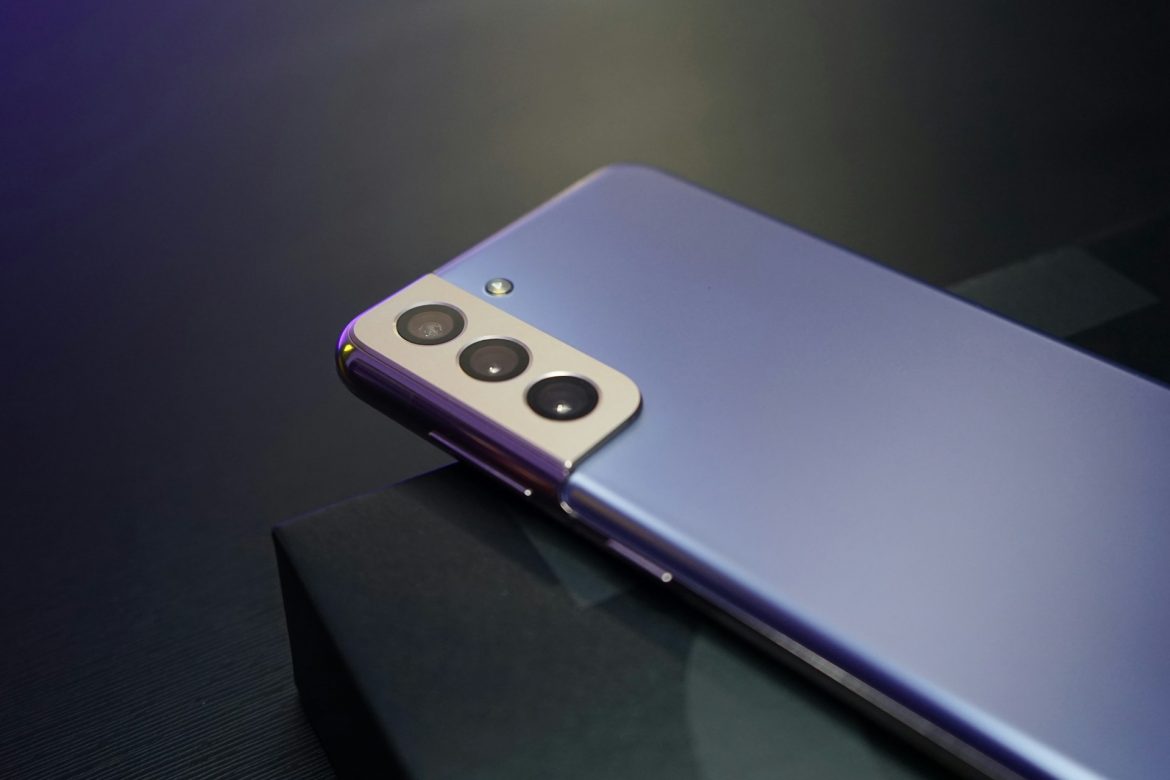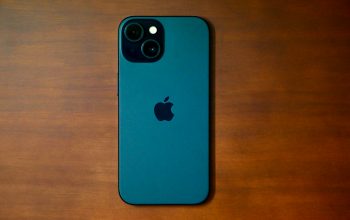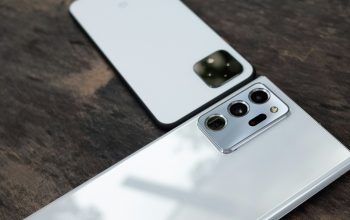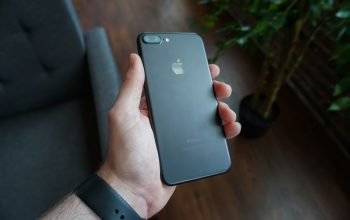When Samsung released the Galaxy Note 20 Ultra, many believed it would mark the end of the iconic Note series. With its signature S Pen and productivity-focused design, the device seemed like a farewell to a beloved lineup. However, Samsung had other plans. Instead of retiring the Note concept entirely, the company revived it under a new name, integrating its essence into the Galaxy S Ultra series.
The latest iteration, the Galaxy S23 Ultra, is a direct descendant of the Note 20 Ultra in many ways. It maintains the signature squared-off edges, the wider-than-usual display, and, most importantly, the built-in S Pen. While it carries the “S” branding, make no mistake—this phone is very much a continuation of the Note legacy.
For those still holding onto their Note 20 Ultra, the question is simple: is now the right time to upgrade? Let’s break down the key differences, improvements, and whether making the switch is worth it.
Design and Build Quality: A Familiar Look with Subtle Refinements
At first glance, the Galaxy S23 Ultra and Note 20 Ultra look strikingly similar. Both feature a glass-and-metal build, a boxy frame with sharp corners, and an expansive display optimized for S Pen functionality. However, Samsung has made some subtle yet meaningful refinements.
One of the biggest material upgrades in the S23 Ultra is the introduction of Gorilla Glass Victus 2, which offers better durability and improved drop resistance. In contrast, the Note 20 Ultra uses the original Gorilla Glass Victus, which, while strong, isn’t as advanced as the newer iteration.
Both devices share the same IP68 water and dust resistance rating, ensuring protection against the elements. However, one noticeable difference is weight. The S23 Ultra tips the scales at 8.25 ounces, making it noticeably heavier than the 7.34-ounce Note 20 Ultra. While this extra weight contributes to a more solid feel, it may also make the newer model slightly less comfortable to carry in a pocket for extended periods.
Display: Slight Tweaks but the Same Note-Worthy Experience
Samsung is known for its industry-leading displays, and both these devices showcase that expertise. The Note 20 Ultra debuted with a stunning 6.9-inch Dynamic AMOLED display, featuring a 120Hz refresh rate and an impressive 3088 x 1440 resolution.
The S23 Ultra follows suit with a nearly identical 6.8-inch Dynamic AMOLED 2X panel. It also boasts a 120Hz adaptive refresh rate for smooth scrolling and gaming. However, one key improvement in the S23 Ultra is peak brightness. Samsung has increased the maximum brightness levels, making the screen easier to view under direct sunlight.
Both devices maintain a slightly wider aspect ratio compared to traditional smartphones, staying true to the Note series’ design philosophy. This extra screen real estate is particularly useful for multitasking and S Pen functionality.
Performance and Hardware: A Significant Leap Forward
While the Note 20 Ultra was a powerhouse when it launched, time has marched on, and so has mobile processing power. The Note 20 Ultra runs on the Snapdragon 865+ (or Exynos 990 in some regions), which, while still capable, is no match for the latest chipsets.
The Galaxy S23 Ultra takes performance to the next level with the Snapdragon 8 Gen 2 for Galaxy. This custom-tuned processor offers significant gains in speed, efficiency, and overall performance. Whether it’s gaming, multitasking, or demanding productivity tasks, the S23 Ultra delivers a noticeably smoother and more responsive experience.
Additionally, the newer model benefits from faster storage and RAM technology, leading to quicker app launches and seamless multitasking. Battery life also sees an improvement, with better power efficiency ensuring longer screen time compared to the Note 20 Ultra.
S Pen: The Core of the Note Experience Lives On
For Note fans, the S Pen remains a crucial part of the experience, and Samsung has continued to refine its functionality. Both devices feature a built-in S Pen, but the S23 Ultra’s stylus offers lower latency and improved responsiveness, making writing and sketching feel even more natural.
Samsung has also introduced new software enhancements for the S Pen, allowing for more seamless note-taking, air gestures, and integration with various apps. While the Note 20 Ultra’s S Pen is still a fantastic tool, those who rely heavily on stylus input will appreciate the refinements in the S23 Ultra.
Camera: A Massive Upgrade for Photographers
One of the most significant differences between these two devices lies in the camera system. The Note 20 Ultra featured a 108MP primary sensor, which was impressive at the time, but Samsung has taken things even further with the S23 Ultra.
The S23 Ultra boasts a groundbreaking 200MP main sensor, allowing for unprecedented detail and clarity in photos. Samsung has also improved low-light performance, enhanced AI processing, and refined image stabilization, making it a standout choice for mobile photography enthusiasts.
While the Note 20 Ultra’s camera is still capable, those who frequently capture photos and videos will notice a substantial improvement in quality with the S23 Ultra.
Should You Upgrade?
For long-time Note 20 Ultra users, the decision to upgrade depends on individual needs. If your current phone is still performing well, the Note 20 Ultra remains a powerful and feature-packed device. However, the S23 Ultra brings meaningful improvements in durability, performance, battery life, and camera technology.
If you want the latest advancements in mobile photography, a more powerful processor, and the most refined S Pen experience to date, upgrading to the S23 Ultra is a worthy investment. However, if your Note 20 Ultra is still serving you well and you don’t need the latest features, you may be able to hold onto it for a bit longer.



